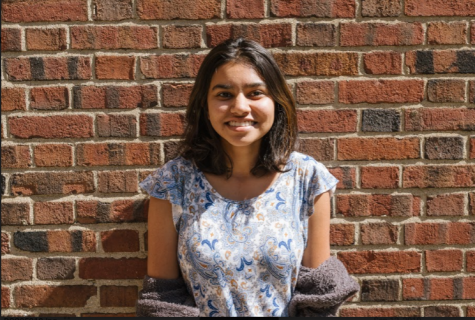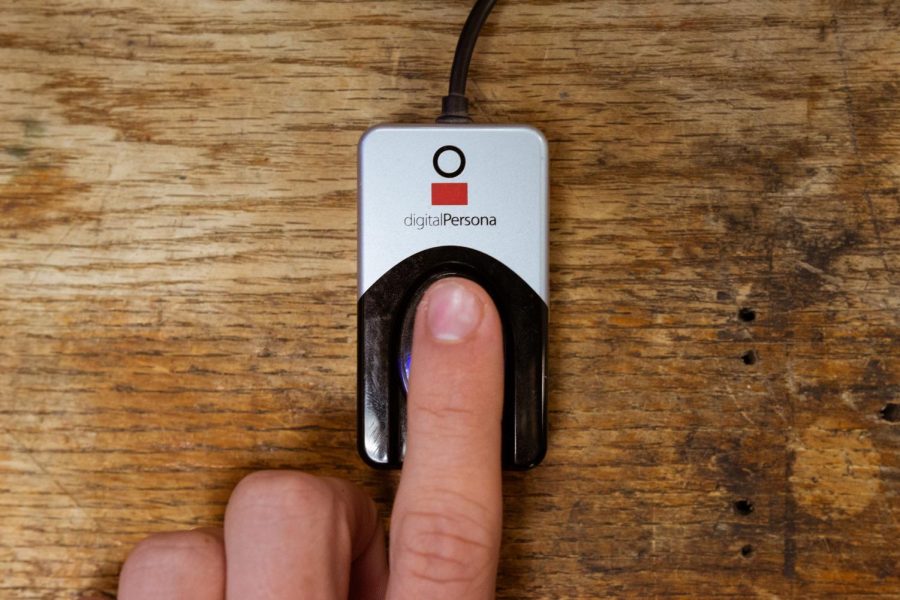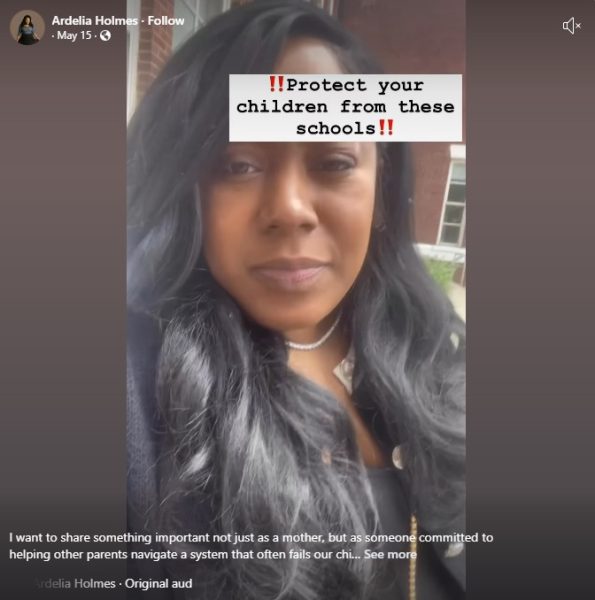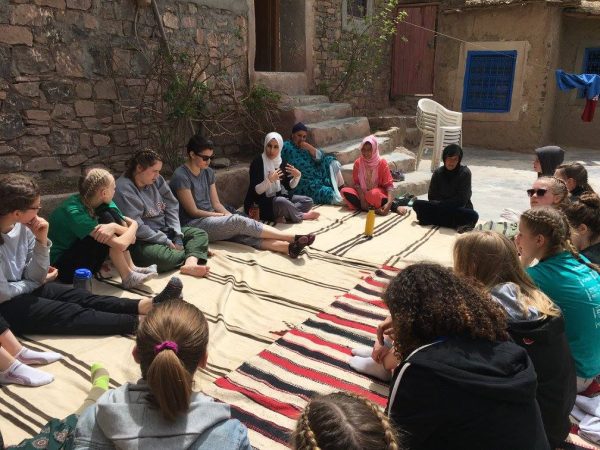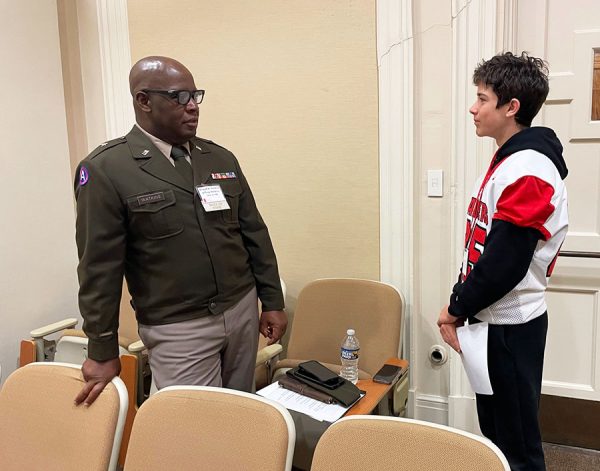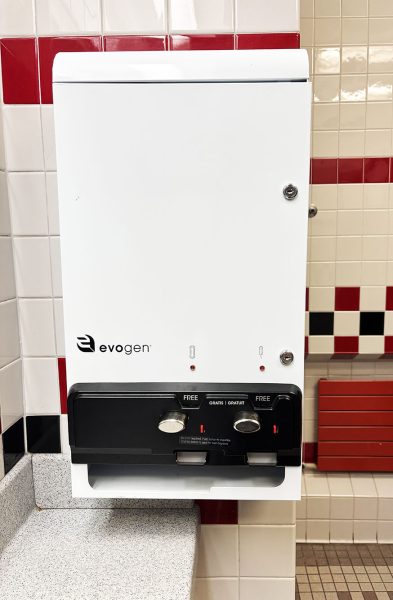Finger Scans Speed Up Lunch Lines
The district is implementing biometric finger scanners in lunch lines
Fingerprint scans will help to quickly identify students buying lunch as well as improve security for cafeteria accounts.
A district decision was made to take finger scans of Shaker students at the beginning of the school year to increase efficiency in the lunch lines.
The school isn’t recording fingerprints, but using a software that identifies unique characteristics in certain points of each fingerprint, which is then recorded as a binary code. Whenever a finger is placed on the scanner, it takes another image and finds those unique points which help with identification. The fingerprint cannot be replicated with the binary code.
Principal Jonathan Kuehnle said, “The print doesn’t go anywhere, it’s just stored with AVI.” AVI is the lunch company that provides Shaker Schools’ lunches.
According to a webpage on the district website, the decision was made to improve the efficiency of lunch lines, protect the identity of students who receive free or reduced lunch, and allow students to buy lunch without their school ID.
Fingerprint scans were not required for students if they did not feel comfortable with it. “We want to respect everyone’s decisions so that’s why it’s not mandatory,” Principal Jonathan Kuehnle said.
“I know that the purpose of the fingerprint scans were to protect the identities of people with free or reduced lunch. I’m completely fine with that,” junior Jade Orazi said. “The thing is they didn’t tell us.”
According to Kuehnle, information about finger scans was included in back-to-school information sent to parents.
Also, in an email sent to all parents, Kuehnle wrote that the biometric finger-scanning identification program “will improve security for your child’s cafeteria account, eliminate clerical errors, and provide students an easy and fast way to identify themselves when using the cafeteria.”
He continued, “Parents (or students 18 and older) may opt out of the biometric system if they choose to do so by refusing to have their finger scan taken. Any high school student who has been opted out must display their student ID for scanning in order to purchase a meal.”
Students do not seem too concerned about having their fingerprints scanned. “They’re not full fingerprints; they’re just little segments. So it’s not something they can put into the database for the government, so it’s not the biggest concern in my book,” Orazi said.
Junior Carissa Keiger said at first getting the finger scans was alarming, “but honestly I feel like it’s just to make things easier to get lunch.”
Comment using your Facebook, Yahoo, AOL or Hotmail account
